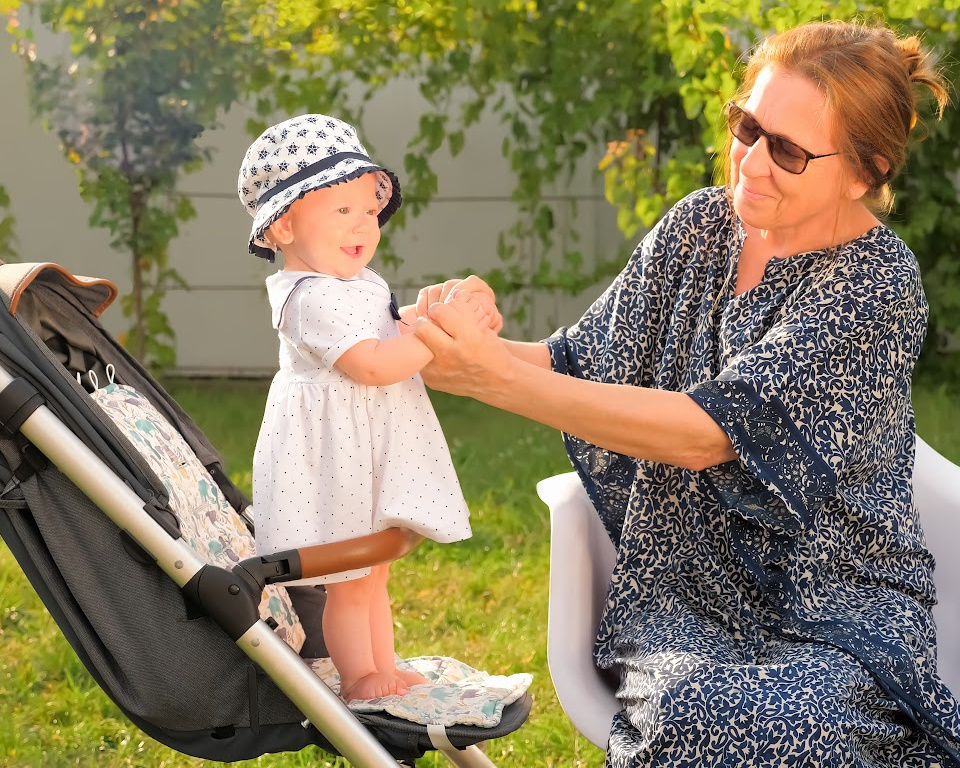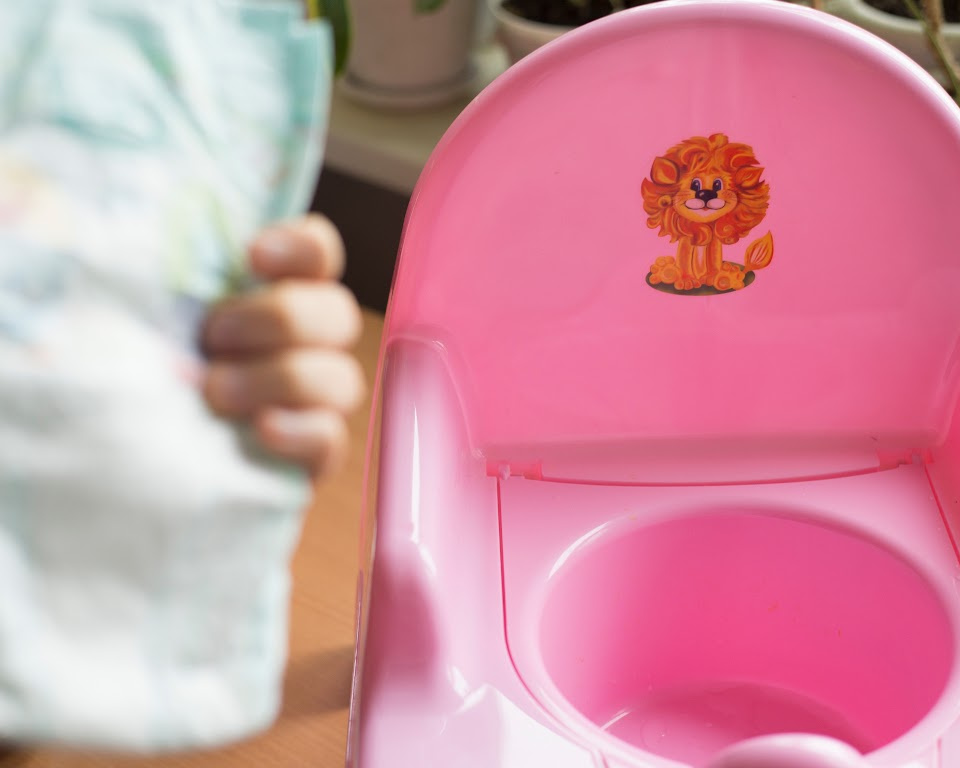Understanding how to communicate with a nonverbal autistic child is a challenge many parents, caregivers,…

Do Autistic Babies Laugh When Tickled? Let’s Find Out
Parents eagerly anticipate the first chuckles of their infants, finding joy in reactions to tickles and playful touches. But when it comes to autistic children, these milestones can look different. A common question that arises is: do autistic babies laugh when tickled? To understand this, we delve into the unique world of sensory responses in autistic infants and how they perceive such interactions.
Laughter, a common social currency in early development, may take on varying forms in developmental milestones in autistic children. The act of tickling, a seemingly simple gesture, can elicit a range of responses. As we strive to comprehend the intricacies of understanding autistic laughter, it becomes clear that each child’s reaction is a personal narrative that speaks volumes about their sensory and social experiences.
Join us as we explore the laughter phenomenon in neurodivergent children, particularly for those on the autism spectrum, and discover why it’s important to cherish and understand every individual’s response to the playful act of tickling.
The Complexity of Laughter and Sensory Responses in Autistic Babies
When considering the interaction between tickling and laughter in autistic babies, it’s essential to acknowledge the nuanced nature of these responses. Tickling can trigger varying reactions depending on how the tactile experience is processed. Understanding these differences paves the way for better social communication in autism and underscores the importance of meticulous observations by caregivers and family members.
Understanding Tickling: Knismesis vs. Gargalesis
Tickling ranges from a feather-light sensation known as knismesis, potentially causing a slight itch or tingling, to gargalesis, a stronger, laughter-inducing stimulus. For many autistic babies, tickling as a sensory experience is processed and interpreted uniquely, influencing their reaction either as a pleasant interaction or an overwhelming one.
Social and Emotional Dimensions of Laughter
Laughter doesn’t only reflect a physical reaction but spans cognitive, emotional, and social communication in autism. In this light, an autistic child’s laughter, especially in response to tickling, might diverge from expected social norms. These variations are important as they help us understand the individual social-emotional landscape of autistic children.
How Sensory Processing Affects Reaction to Tickling
Autistic children often experience sensory stimuli like tickling differently due to their distinct sensory processing characteristics. Some infants may find tickling to be a sensory experience for autistic babies that is comforting, whereas others may perceive the same stimulus as overstimulating or discomforting. Noting these reactions is critical in creating a supportive and adapted environment for each child.
- Individual variability in sensory perception can lead to a range of responses to tickling, from enjoyment to distress.
- Understanding and recognizing an autistic child’s unique sensory processing can foster meaningful interactions and bonds.
- Caregivers can learn more about laughing behaviors in autism by paying close attention to each child’s cues and preferences.
As we delve deeper into the factors that influence laughing behaviors in autism, it becomes evident that building trust and ensuring comfort are essential in fostering positive sensory experiences. The interplay between tickling, laughter, and sensory response in autistic babies is a complex, yet fascinating area that requires a tailored approach for each individual child.

Do Autistic Babies Laugh When Tickled?
Tickling is a common way to elicit laughter in children, but when it comes to promoting social interaction in autistic babies, the picture can be complex and nuanced. Autistic babies have their own set of developmental milestones and sensory sensitivities. While some may laugh and enjoy tickling, others might not appreciate the sensation, or they may have an adverse reaction to the stimulus.
In the journey of nurturing developmental milestones in autistic children, it’s essential to regard each baby as an individual with unique preferences and needs. Some parents and professionals have considered tickling therapy for children with autism as a means to enhance connectivity and introduce positive touch. However, the key to its success is deeply rooted in observing and respecting the child’s response to this form of interaction.
- Notice their reaction to being tickled; a smile and laughter indicate enjoyment, while a neutral or negative response may require a change in approach.
- Always ask for the child’s permission, if possible, before tickling them, promoting a sense of agency and respect for their body autonomy.
- Carefully monitor their facial expressions and body language to assess their comfort level with the activity.
- If tickling appears to be a source of distress, consider other therapeutic play methods that support social engagement and touch.
Ultimately, the objective is to promote social interaction in autistic babies in a manner that is respectful, considerate, and tailored to their individual sensory preferences and developmental needs.
Conclusion
In delving into the varied world of sensory reactions, understanding autistic laughter is as complex as it is essential. As we have discussed, the laughter elicited from tickling an autistic baby cannot be uniformly anticipated or interpreted. The sensory processing particularities that characterize individuals on the autism spectrum demand that we pay close attention to their unique needs and comforts. This mindfulness ensures that each tickling experience if found to be favorable is one that fosters connection rather than distress.
Observing and Respecting the Child’s Preferences
It is imperative for caregivers to observe the subtle cues that autistic babies may present in response to sensory experiences like tickling. Through observation and interaction, caregivers can gauge whether such actions are enjoyable or if they should seek alternate means of promoting social interaction in autistic babies. Ticking as a sensory experience for autistic babies should only be pursued when it evidently aligns with their personal preferences and contributes positively to their sensory world.
Guidelines for Positive and Supportive Interactions
Promoting healthy, positive interactions with autistic babies requires an approach guided by respect, patience, and attunement to the child’s comfort level and engagement. Caregivers should aim to provide an array of sensory experiences, letting the child’s interest and enjoyment lead the way. In doing so, not only do we honor their autonomy and individual sensory profiles, but we also lay the groundwork for rich, supportive relationships that can enhance social development and emotional well-being in children with autism.
FAQs
Do autistic babies laugh when tickled?
It varies. Some autistic babies might laugh when tickled due to the sensory experience, while others may not find it pleasant or may not respond at all. Sensory preferences and developmental milestones can significantly influence their reaction.
What are sensory responses in autistic infants?
Sensory responses in autistic infants can be more intense or muted compared to neurotypical children. They might be hypersensitive or hyposensitive to touch, sound, and other stimuli, which impacts how they react to different sensations, including tickling.
Are there different types of tickling?
Yes, there are two main types: knismesis and gargalesis. Knismesis is a light touch that may produce a tingling sensation without laughter, while gargalesis is a heavier, more pressured sensation that typically triggers laughter.
How important is understanding autistic laughter?
Understanding autistic laughter is crucial because it allows us to gauge the child’s comfort and joy in response to social interactions. Laughter can be an indicator of how an autistic child is processing sensory information and connecting with others.
Can tickling help promote social interaction in autistic babies?
Tickling may promote social interaction in some autistic children if it aligns with their sensory preferences and is experienced as pleasant. However, each child is different, and observing their reaction is key to determining whether tickling is beneficial for them.
Should tickling therapy be considered for children with autism?
Tickling therapy may be considered only if it is appropriate for the individual child. It’s essential to consult healthcare professionals and consider the child’s specific needs, preferences, and reactions before incorporating it into therapy.
What developmental milestones in autistic children should be considered when tickling?
When considering tickling, it’s important to be mindful of an autistic child’s development in areas such as sensory processing, social communication, and physical reactions. Understanding where the child is in their developmental journey can help determine the appropriateness of tickling as a form of interaction.
How can caregivers ensure positive and supportive interactions when tickling autistic babies?
Caregivers can ensure positive interactions by closely observing the child’s response to tickling, seeking consent, offering choices, and respecting their preferences. If a child shows discomfort, it’s important to stop and find alternative ways to engage and connect with them.



This Post Has 0 Comments